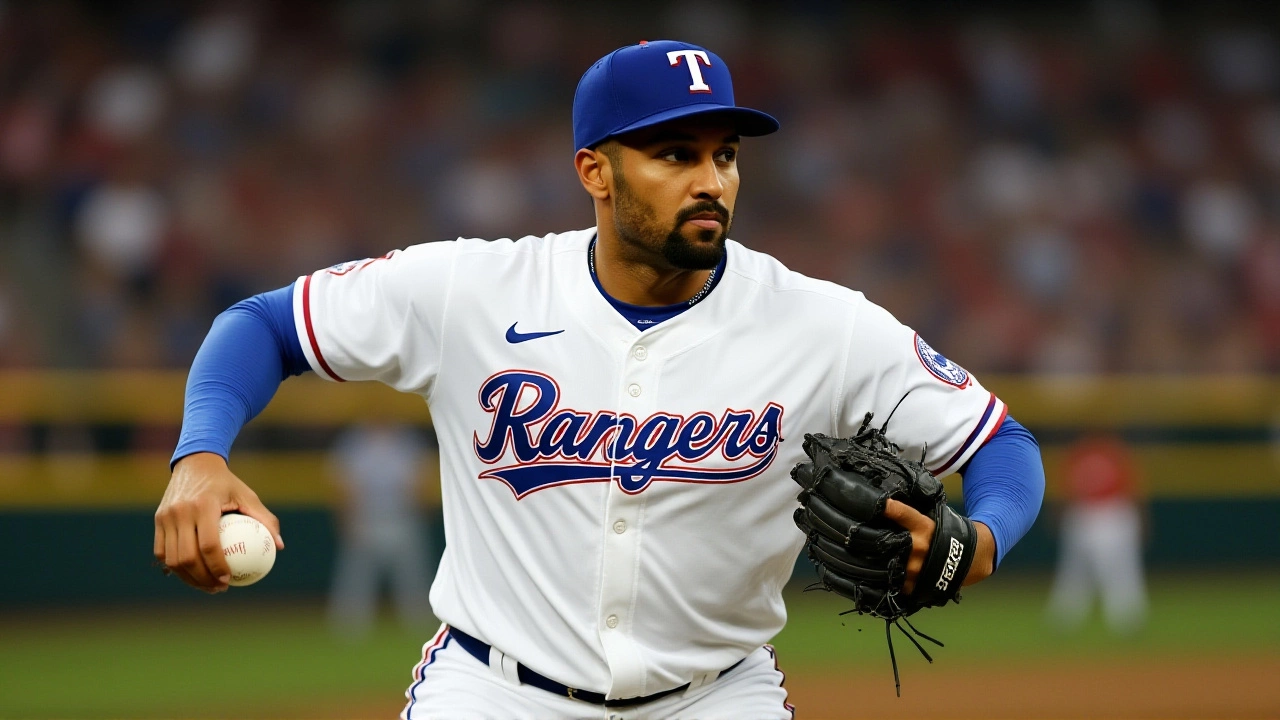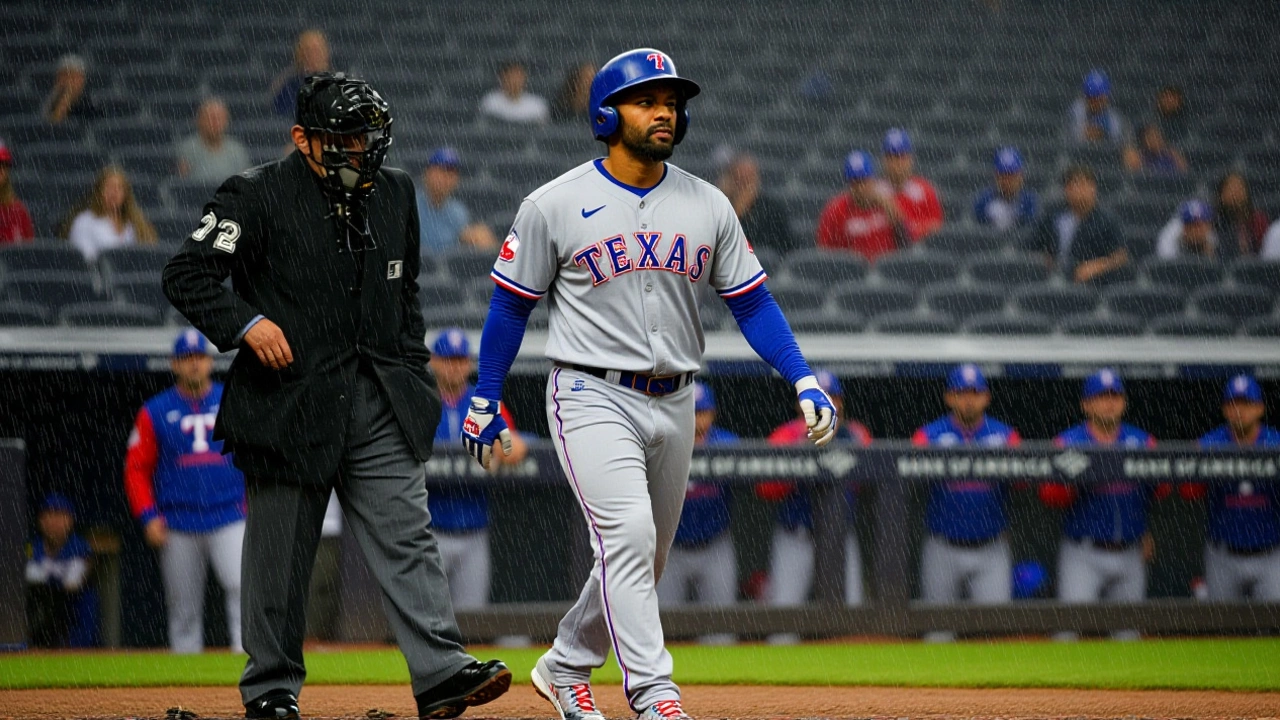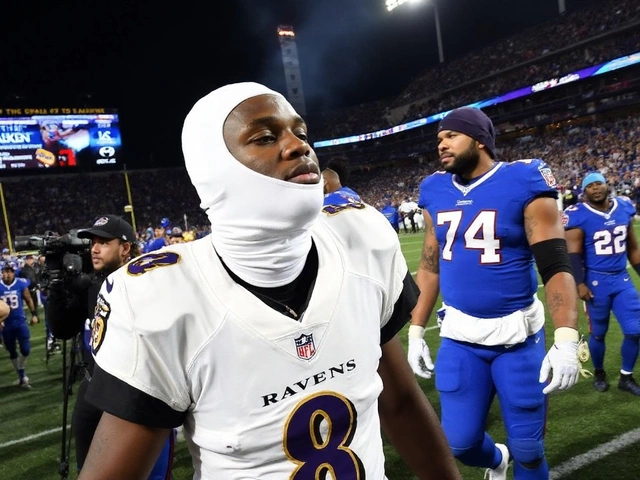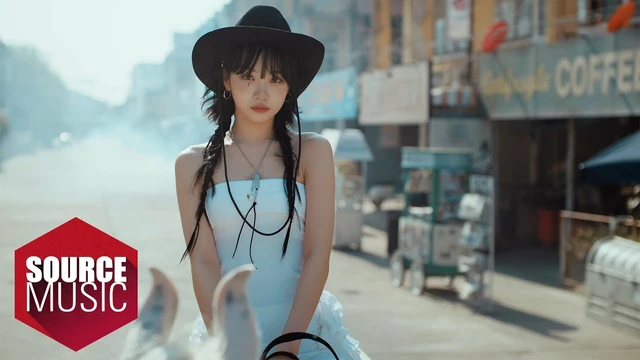Mets trade Brandon Nimmo to Rangers for Marcus Semien in blockbuster contract swap
The New York Mets and Texas Rangers pulled off one of the most financially complex trades in recent MLB history on November 22, 2025, swapping star players with massive contracts and shifting the balance of power in two franchises’ rebuilds. Brandon Nimmo, the 32-year-old fan favorite who spent his entire 12-year career with the New York Mets, was sent to the Texas Rangers in exchange for 35-year-old second baseman Marcus Semien. The deal, confirmed by ESPN’s Jeff Passan and multiple outlets including MLB.com and Sports Illustrated, included a $5 million cash payment from the Mets to help offset the financial gap — and it hinged on Nimmo’s rare decision to waive his full no-trade clause.
Why This Trade Wasn’t Just About Players
At first glance, this looks like a straight swap: Nimmo for Semien. But the numbers tell a deeper story. Nimmo, who signed an eight-year, $162 million deal in December 2022, still has $102.5 million left on his contract through 2030. Semien, who inked a seven-year, $175 million pact with the Rangers in 2021, carries $72 million in remaining obligations through 2028. The Mets, owned by billionaire Steven A. Cohen, are taking on less total money — but more years. That’s not a mistake. It’s a payroll maneuver.
By offloading Nimmo’s $102.5 million burden and absorbing Semien’s $72 million, the Mets lower their average annual payroll commitment — a key metric for luxury tax calculations. They’re not just acquiring a player; they’re restructuring their long-term financial footprint. And they did it while gaining a player who, despite declining offense, remains elite defensively. Semien’s +7 Outs Above Average in 2025 earned him his second Gold Glove, placing him in the 92nd percentile among second basemen. That’s not something you give up easily.
The Human Side: Waiving the No-Trade Clause
Brandon Nimmo didn’t just play for the Mets — he became part of the fabric of Citi Field. Drafted 13th overall in 2011, he weathered rebuilds, injuries, and criticism before finally breaking out in 2025 with a career-best .262/.324/.436 line, 25 home runs, and 13 stolen bases. He was the quiet leader in the clubhouse, the guy who stayed late to help rookies. Yet when the trade call came, he didn’t hesitate. According to MLB Network’s Jon Heyman, Nimmo waived his no-trade clause because he believed the Rangers’ window was wider than the Mets’.
"I’ve given everything to this organization," Nimmo reportedly told teammates before leaving. "But I also know baseball isn’t sentimental. I want to win. And right now, Texas feels like the place to do that."
That emotional weight made the trade feel heavier than most. For Rangers fans, it wasn’t just adding a bat — it was gaining a respected veteran who’d spent his whole career in the AL East, knowing the pitching styles of the Yankees and Red Sox. For Mets fans, it was losing a symbol.
What the Rangers Are Really Buying
The Rangers, who non-tendered All-Star outfielder Adolis García just two days before the trade, were in desperate need of offense. They ranked 25th in wRC+ (92), 26th in slugging (.381), and 22nd in runs scored in 2025. García, their 2023 World Series hero, hit .259 with 31 homers but posted a .745 OPS — worse than Semien’s .669. The front office, led by GM Chris Young, saw Nimmo as a direct upgrade: better on-base skills, more power, and the ability to play all three outfield spots.
"We didn’t just want a bat," Young said in a team statement. "We wanted a guy who can hit in the top of the order, run the bases, and still give us defense. Nimmo’s a complete player — and he’s still getting better."
Nimmo’s 2025 WAR of 2.8 was his fifth straight season above 2.0. Semien’s last five seasons averaged 3.2 WAR — but his 2025 output (1.9) was his lowest since 2018. The Rangers are banking on Nimmo’s offensive surge being sustainable, not a fluke. And they’re betting that Semien’s defense and leadership can still anchor a lineup, even if the bat slows.

The Mets’ Infield Puzzle
The Mets didn’t acquire Semien just to sit him next to Francisco Lindor. They’re actively reshaping their infield. Jeff McNeil, their current second baseman and fan favorite, has been linked to trade talks since late October. With Semien now on the roster, McNeil’s future is in question. He could shift to third base, be traded, or — less likely — be moved to a super-utility role.
"Semien’s a proven winner," said one Mets insider. "He’s played in October. He’s played under pressure. He’s got that kind of presence. We’re not just replacing a position — we’re adding a mentality."
Defensively, Semien is a clear upgrade over McNeil, who has struggled at second base with a -6 OAA in 2025. Nimmo, meanwhile, has been flagged by advanced metrics as a liability in center field — his -3 OAA last season confirms he’s better suited for corner spots. That’s why the Mets are likely moving him to right field in 2026, freeing up space for younger players like Mark Vientos or Francisco Alvarez to rotate in.
What’s Next for Both Teams
The Rangers now have flexibility. With Semien gone, they can explore cheaper alternatives at second base — perhaps promoting 22-year-old phenom Evan Carter, who hit .310 in Triple-A last year. They’re also rumored to be in on free agent second baseman Whit Merrifield, who’s still seeking a deal.
The Mets, meanwhile, are preparing for Opening Day 2026 with Semien at second, Lindor at short, and Pete Alonso at first. They’ve cleared enough payroll space to potentially add a starting pitcher — possibly targeting free agent Kyle Gibson or re-signing veteran Carlos Rodón. Spring Training begins in late February, and the Mets’ front office is already mapping out their depth chart.

Why This Trade Matters Beyond the Box Score
This isn’t just a swap of two aging stars. It’s a reflection of how modern MLB teams think about contracts, aging curves, and emotional value. The Mets took on less money but more years — a sign they’re playing the long game. The Rangers sacrificed long-term stability for immediate offense — a gamble that could pay off if Nimmo stays healthy.
And there’s a quiet irony here: the Rangers, who lost García and Heim just days before, now have a player who’s more valuable than the one they traded away. Nimmo, despite his contract, is a better hitter than Semien was in 2025. Semien, despite his Gold Glove, is a declining offensive force.
Baseball is a game of numbers. But sometimes, it’s also a game of guts.
Frequently Asked Questions
Why did Brandon Nimmo waive his no-trade clause?
Nimmo waived his full no-trade clause because he believed the Texas Rangers had a stronger chance to compete for a World Series in the next two years. Despite spending his entire career with the Mets, he felt the team’s window had closed after missing the playoffs in 2024 and 2025. He reportedly told Mets management he wanted to play for a contender — and saw Texas’s core as more aligned with that goal.
How does this trade affect the Mets’ luxury tax calculations?
The Mets lowered their average annual payroll commitment by swapping Nimmo’s $20.25 million annual salary for Semien’s $24 million average (over the remaining term). Even though they’re taking on more total dollars long-term, the annual number drops — a key factor in avoiding the luxury tax threshold. This gives owner Steven A. Cohen more flexibility to add pitching or bullpen help without triggering penalties.
Is Marcus Semien still a valuable player despite his offensive decline?
Yes — defensively, Semien remains elite. His +7 OAA in 2025 ranked in the 92nd percentile among second basemen, and he’s won two Gold Gloves. While his .230/.305/.364 line in 2025 was his worst since 2018, his ability to turn double plays, handle high-velocity pitchers, and provide leadership still holds value. The Mets aren’t expecting him to be a star — just a reliable, steady presence.
What does this mean for Jeff McNeil’s future with the Mets?
McNeil’s role is now in serious doubt. With Semien locked in at second base, McNeil could be moved to third, traded, or used as a super-utility player. His .312 career average and versatility make him attractive to other teams, and the Mets are reportedly fielding calls from clubs like the Padres and Mariners. His future in New York is uncertain — and could be decided before Spring Training.
Could the Rangers trade Semien again before his contract ends?
It’s unlikely. The Rangers acquired Nimmo specifically to replace Semien’s offensive role, and they’re now focused on developing younger players like Evan Carter at second. With Semien’s contract ending in 2028, they’re not planning to flip him — they’re using him as a bridge. His leadership and defense make him valuable even if his bat fades, so a trade would only happen if a contender offers a massive haul.
How does this trade compare to past MLB contract swaps?
It’s reminiscent of the 2017 trade between the Red Sox and Dodgers that swapped David Price for Andrew Cashner — but with much larger financial stakes. Unlike those deals, this one involves two players with long-term deals and no draft picks. It’s more like the 2021 trade between the Mets and Phillies that swapped J.T. Realmuto for a package of prospects — except here, both teams are taking on money, not shedding it. This is a new kind of high-stakes MLB calculus.






